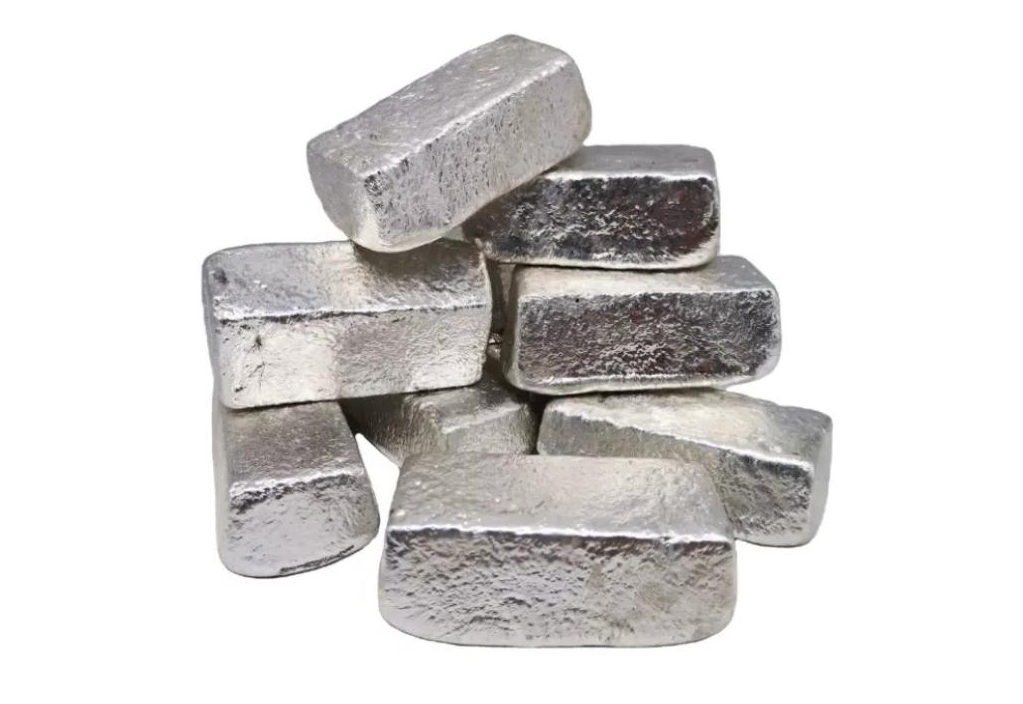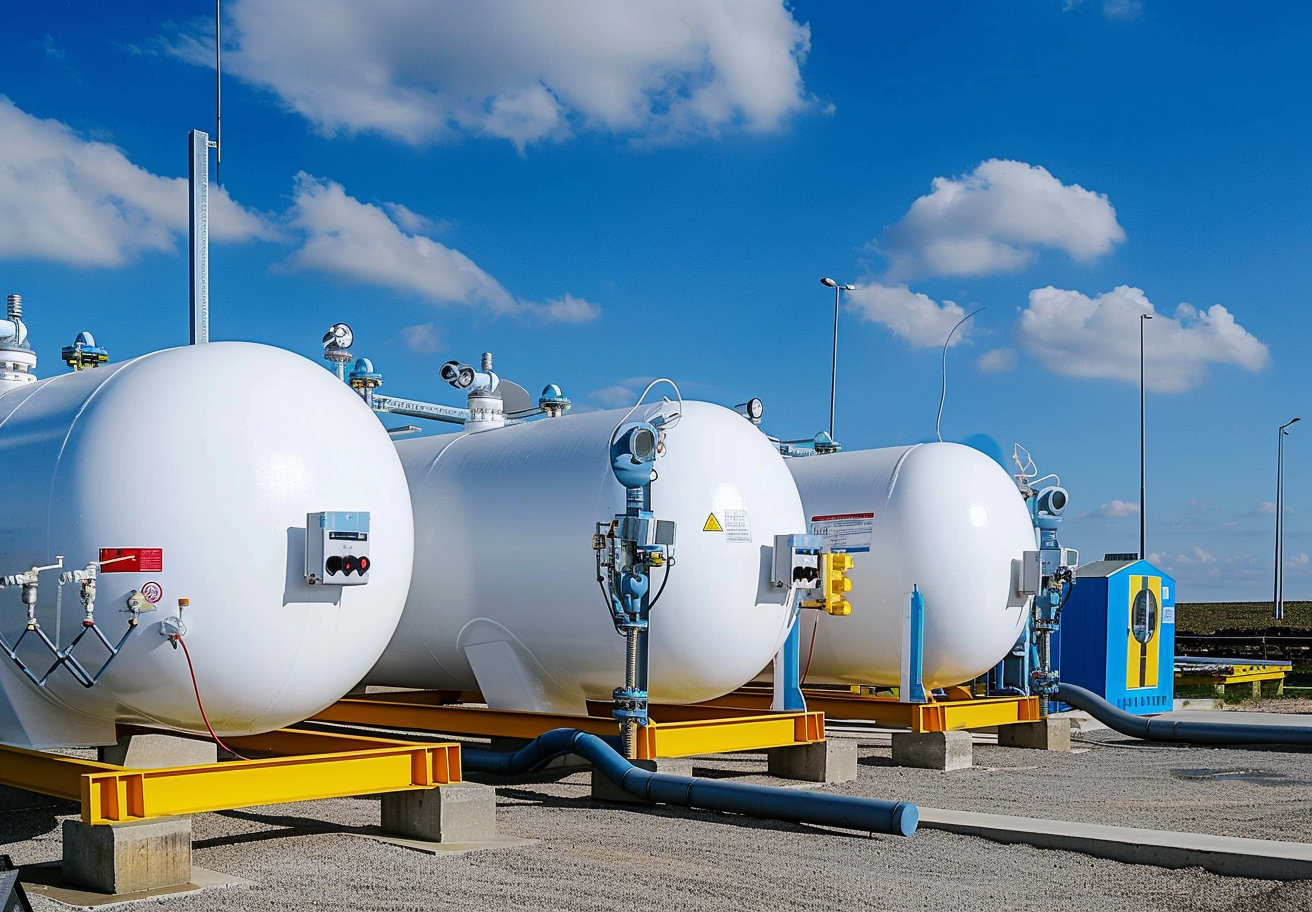
Master alloys play a critical role in the metallurgy industry by enhancing the properties of base metals during the alloying process. These specialized additives are tailored to impart specific characteristics, making them indispensable in various applications ranging from automotive manufacturing to aerospace engineering. This article delves into the differences between rare-earth master alloys and conventional master alloys, highlighting their compositions, properties, applications, and comparative advantages.
Conventional Master Alloys
Conventional master alloys are typically composed of common alloying elements such as silicon (Si), manganese (Mn), aluminum (Al), magnesium (Mg), and nickel (Ni). These elements are selected based on their ability to improve the fluidity, strength, and ductility of the base metal. Common types of conventional master alloys include:
Rare-Earth Master Alloys
Rare-earth master alloys contain elements from the lanthanide series, including lanthanum (La), cerium (Ce), neodymium (Nd), samarium (Sm), and yttrium (Y). These elements are known for their unique ability to stabilize and refine the microstructure of alloys. Types of rare-earth master alloys include:
Conventional Master Alloys
Conventional master alloys improve the fluidity, strength, and ductility of base metals. However, their performance under high temperatures and oxidative environments is relatively limited. These alloys are effective within standard temperature ranges but may degrade or lose efficacy under extreme conditions.
Rare-Earth Master Alloys
Rare-earth master alloys exhibit superior temperature stability and higher melting points compared to their conventional counterparts. They possess strong antioxidant properties and enhanced chemical stability, making them ideal for high-performance applications. These alloys also contribute to finer grain structures, which improve the mechanical properties and overall durability of the material.
Conventional Master Alloys
Conventional master alloys are widely used in the production of aluminum alloys, magnesium alloys, and steel. Their applications span traditional industries such as:
Rare-Earth Master Alloys
Rare-earth master alloys find their niche in high-performance and high-tech industries due to their advanced properties. Key applications include:
Conventional Master Alloys
Rare-Earth Master Alloys
| Comparison Aspect | Conventional Master Alloys | Rare-Earth Master Alloys |
|---|---|---|
| Primary Components | Silicon, manganese, aluminum, magnesium, nickel | Lanthanum, cerium, neodymium, samarium, yttrium |
| Physical Properties | Improved fluidity, strength, ductility; limited high-temp stability | Superior temperature stability, high melting points, strong antioxidant properties |
| Chemical Properties | Moderate reactivity, suitable for standard environments | Forms stable compounds with base metals, high chemical stability |
| Application Fields | Aluminum, magnesium, steel production; automotive, construction, home appliances | High-performance alloys for aerospace, automotive lightweighting, high-end electronics |
| Cost | Lower cost, economical for mass production | Higher cost due to rare-earth elements and complex processing |
| Process Maturity | Highly mature processes, low technical barriers | Advanced technologies required, specialized equipment needed |
| Performance Advantages | Cost-effective, well-understood performance benefits | Enhanced mechanical properties, corrosion resistance, lightweight |
| Resource Availability | Abundant and stable supply sources | Scarce and subject to supply chain fluctuations |
| Environmental Impact | Lower environmental controls required | Requires stringent pollution controls during extraction and processing |
In metallurgy, the choice between conventional and rare-earth master alloys hinges on the specific requirements of the application. Conventional master alloys offer cost-effective solutions with reliable performance for a wide range of traditional industries. In contrast, rare-earth master alloys provide superior properties essential for high-performance and cutting-edge applications, albeit at a higher cost and with resource availability considerations.
As industries continue to evolve towards more advanced and sustainable manufacturing practices, the demand for rare-earth master alloys is expected to grow, driven by their unmatched ability to enhance material performance. Companies like Stanford Materials Corporation are at the forefront of this evolution, ensuring the delivery of high-quality, reliable, and efficient materials tailored to the unique challenges of today’s technological landscape.
Eric Loewen
Eric Loewen graduated from the University of Illinois studying applied chemistry. His educational background gives him a broad base from which to approach many topics. He has been working with topics about advanced materials for over 5 years at Stanford Materials Corporation (SMC). His main purpose in writing these articles is to provide a free, yet quality resource for readers. He welcomes feedback on typos, errors, or differences in opinion that readers come across.

 Inquiry List
Inquiry List

